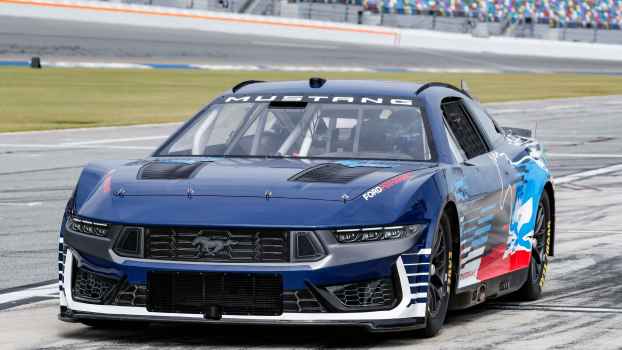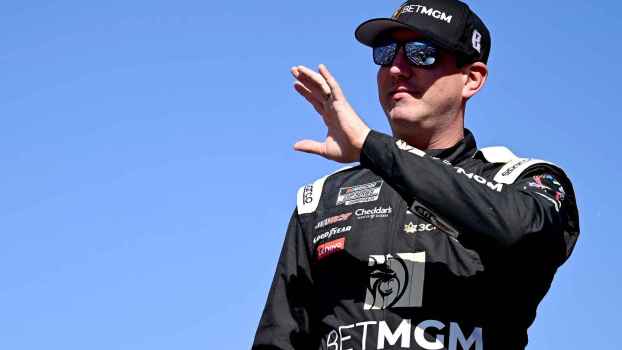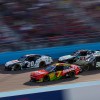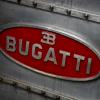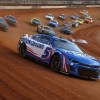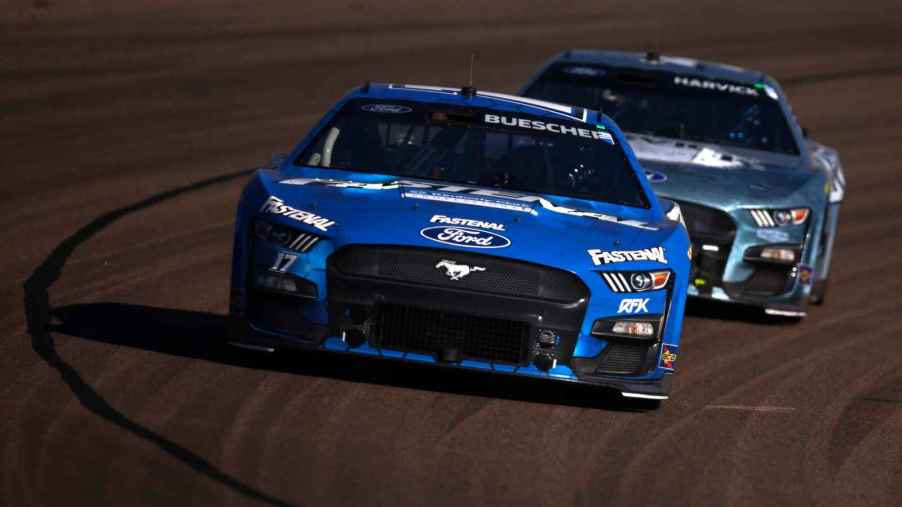
What Is Drafting in NASCAR, and Is It Always Allowed?
Drafting in NASCAR is a common racing technique that has been a notable aspect of the sport for decades. It’s a strategy used by all drivers at a large percentage of tracks the sport visits throughout its season. But just what is NASCAR drafting, and is it fully allowed?
How does drafting work in NASCAR, and is it effective?
All cars encounter wind resistance, or drag, when being driven. The resistance of the atmosphere can actually slow a car down, requiring the engine to work harder to reach higher speeds. This is particularly important when cars are nearing the 200 mph barrier. This is a speed NASCAR race cars can reach at various tracks throughout the season. During these times, the wind resistance they face is far greater.
Drafting is a racing strategy in which one or several other cars race behind a “lead” car. This mitigates wind resistance for a group of cars. The leading car in the line effectively “cuts a hole” through the air, encountering full wind resistance. This creates what is essentially a wall of air around the car. In turn, race cars following close behind don’t encounter nearly as much drag. Additionally, a pocket of low-pressure air is created behind the lead car, resulting in a vacuum that can pull the trailing car forward.
This strategy allows cars following the leader in the “pack” to use less throttle while maintaining high speeds. With their engines not having to overcome full wind resistance, drafting becomes a strategy for effectively moving a pack of cars faster than if they were separated. Trailing cars use less fuel as their RPMs aren’t as high as they would be if they were encountering the full wind resistance of traveling at, say, 190 mph.
By racing in the “slipstream” created by the lead car, a trailing car can pull out of the draft with RPMs to spare, thus increasing their chances to successfully complete a pass as they effectively have speed in reserve.
Drafting is particularly important in superspeedway racing, in which most cars traverse the entirety of the track at full throttle.
Is drafting actually allowed in NASCAR?
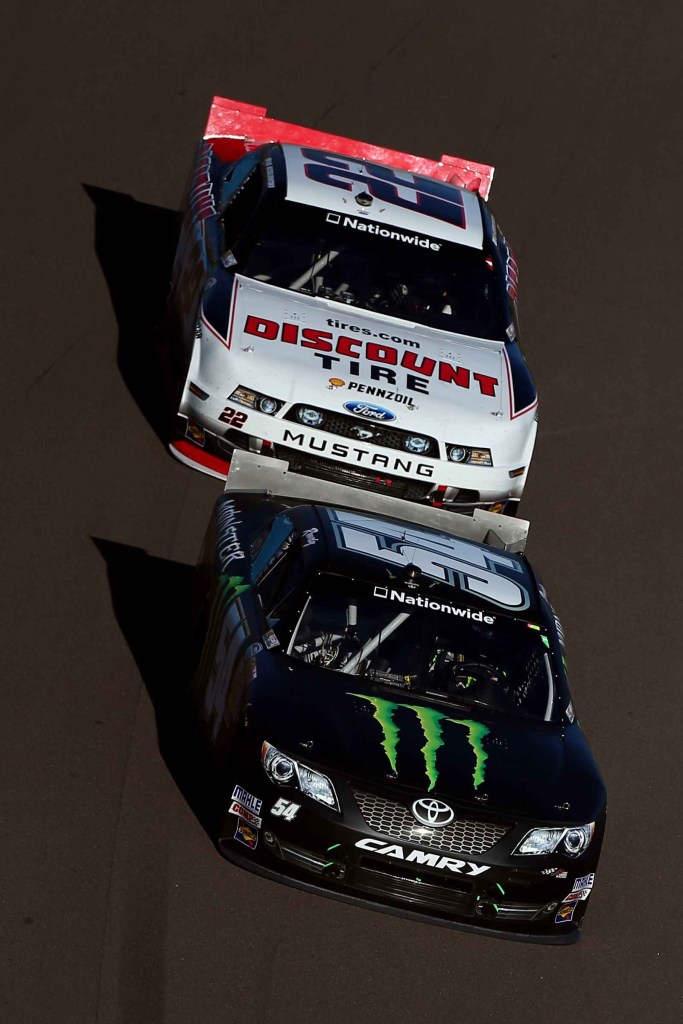
Drafting is permitted throughout NASCAR’s ranks and is vital at several tracks the sport visits, including superspeedways like Daytona and Talladega. However, at least one type of drafting is not permitted.
Tandem drafting refers to a strategy in which the trailing car quite literally “pushes” the lead car’s rear bumper area for an extended amount of time. Tandem drafting rose to prominence in the late 2000s and into the early 2010s. However, with its increased risk of crashes, NASCAR banned tandem drafting in 2014. The issue came to a head in 2013 when tandem drafting caused a car to be spun while leading the pack at a Daytona Xfinity Series race. During the crash involving a bevy of lead cars, Kyle Larson’s car was launched airborne. It went into the catch fence, resulting in dozens of spectator injuries.
Tandem drafting continues to be outlawed, though “bump drafting” is still permissible in NASCAR’s top division, the Cup Series. Though similar to tandem drafting, bump drafting involves the trailing car pushing the lead car, but only momentarily.
Who invented drafting in racing?
Far before wind resistance, aerodynamics, and drag were fully understood in NASCAR, the effectiveness of drafting was discovered. One of the motorsport’s earliest “household name” drivers, Junior Johnson, stumbled upon the technique.
During the 1959 Daytona 500, Johnson struggled to keep pace with the lead cars. He noticed his engine was developing fewer RPMs while maintaining speed when he followed other cars closely. After accidentally discovering “the draft,” Johnson used this knowledge to capture a win at Daytona a year later.
Johnson’s strategy was noticed by competitors, and thus “the draft” became an integral part of NASCAR racing history and was soon adopted by the full field of drivers at superspeedways and other high-speed tracks.
